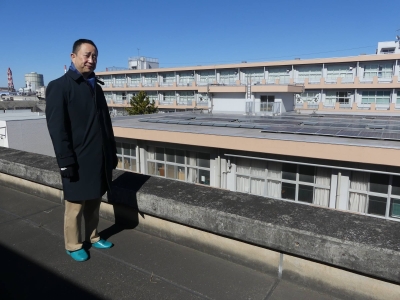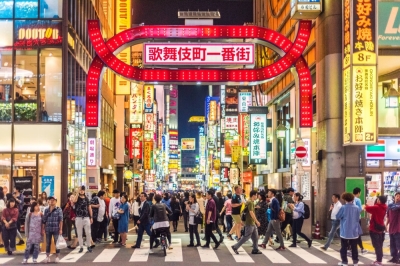This year's cherry blossom season, which began in Tokyo on Monday, is expected to have an economic impact of around ¥1.39 trillion ($9 billion) on Japan — the highest in the country's history.
The estimated impact is a 22.2% increase from last year's ¥1.14 trillion, according to an annual report compiled by economist Katsuhiro Miyamoto, a professor emeritus at Kansai University.
The weak yen continues to beckon record numbers of tourists to the country, especially during hanami (cherry blossom viewing) season.
Last year, Japan saw a record of nearly 37 million visitors, according to the Japan National Tourism Organization.
Miyamoto expects more than a quarter of hanami-goers to be foreign tourists, which would be the highest percentage of such visitors for the seasonal event in the nation's history. Domestic interest in hanami this year is expected to be high as well, following the trend from last year.
In 2021, during the COVID-19 pandemic, the economic impact of hanami stood at ¥181.5 billion, with 97.5% of the hanami-goers being locals.
The combined increase in both foreign and domestic hanami-goers this year would significantly drive up the money generated through activities such as purchasing food, drinks and souvenirs, as well as transportation costs.
Residents in Japan spend an average of ¥7,119 per person on hanami.
To put things into perspective, the nationwide economic impact of this year's hanami season would be 10 times that of baseball star Shohei Ohtani's ¥132.8 billion economic impact from last season.
This year's cherry blossom season began five days earlier than last year, with sakura trees projected to be in full bloom in Tokyo on Saturday and last until mid-April.


















With your current subscription plan you can comment on stories. However, before writing your first comment, please create a display name in the Profile section of your subscriber account page.